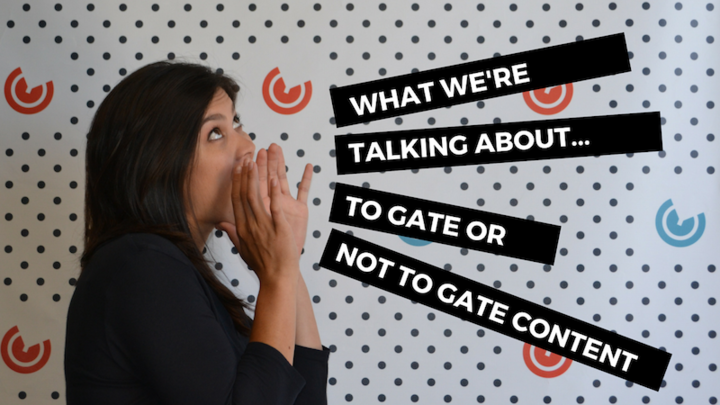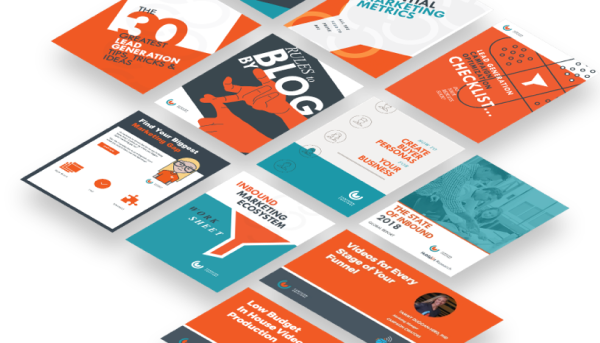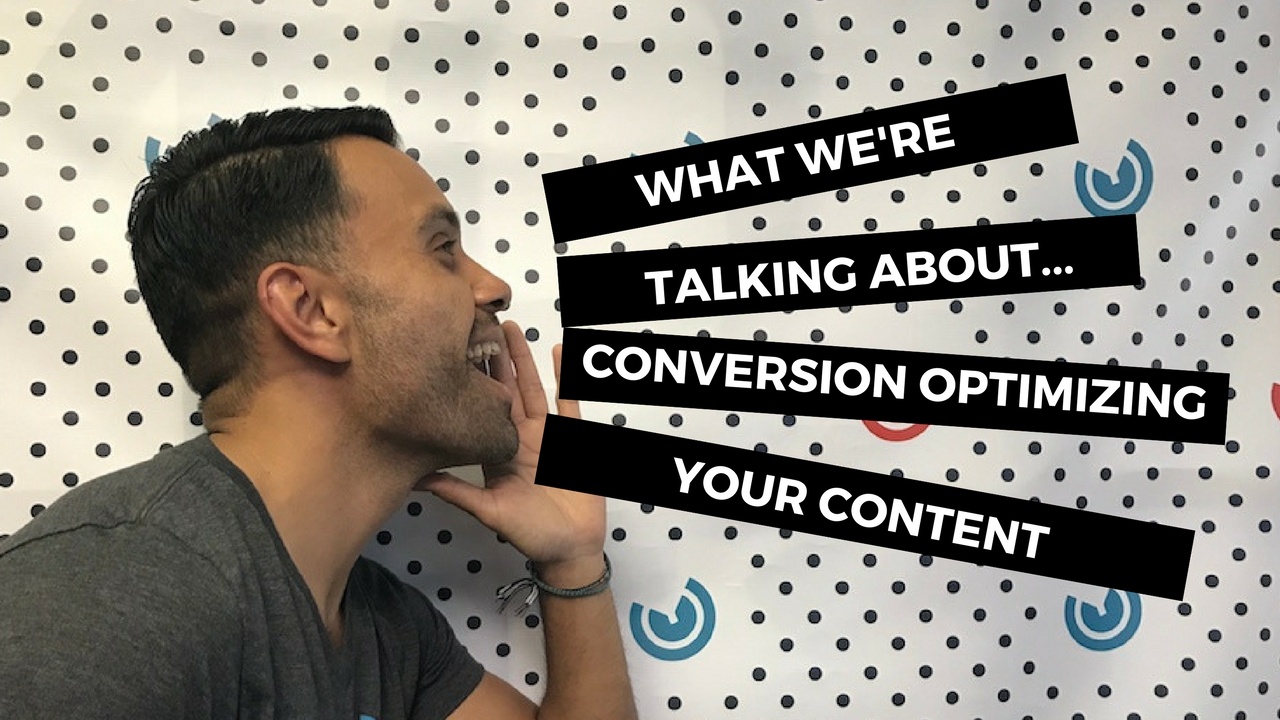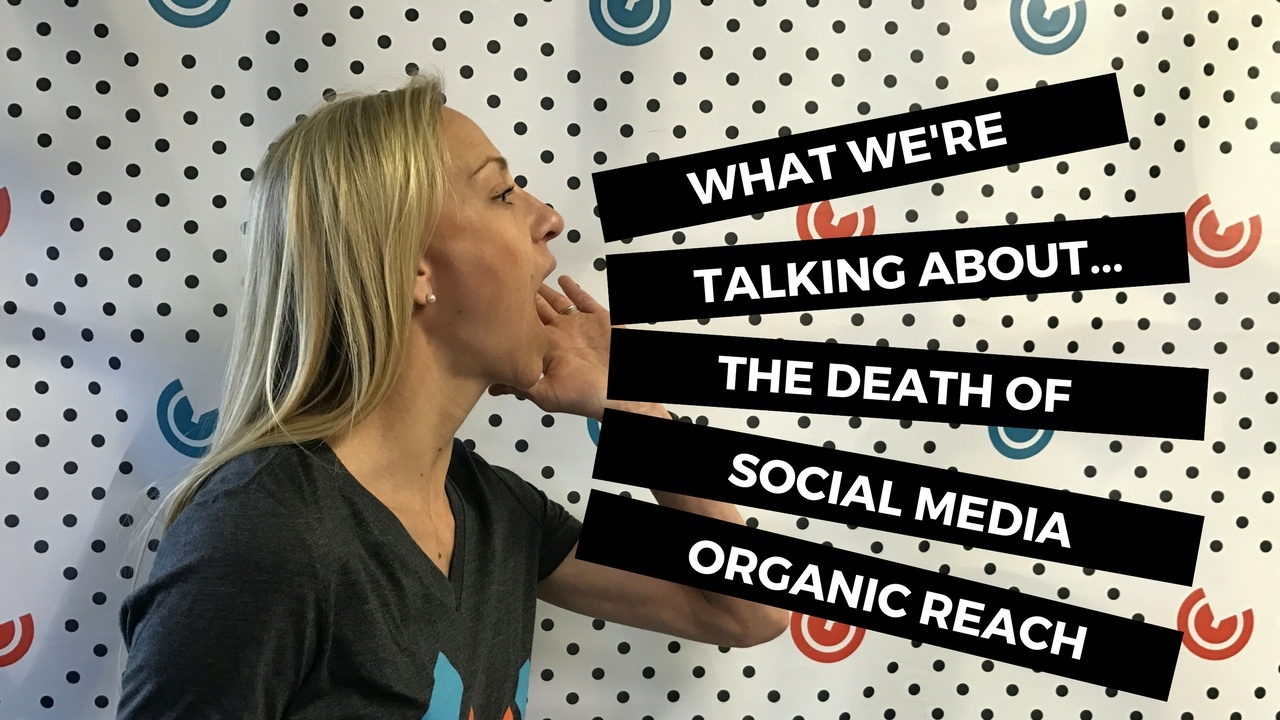The Power of Gated Content for Lead Generation Success
Driving high-quality leads and converting them into customers is the ultimate goal of any marketing or sales team. But how do you create a strategy...
I know what I am looking for, and would like to chat.
A team of data-driven marketers obsessed with generating revenue for our clients.
Because the proof is in the pudding.
At Campaign Creators we live by three principles: Autonomy, Mastery, Purpose.

To gate or not to gate, that is the question.
Content marketers run into this dilemma time and time again. When creating content, a marketer has to decide whether to make the piece available for all, or to lock the content away behind a form. Each method has its own benefits and drawbacks, and the answer varies depending on the context of the content and your overall content marketing strategy.
So, if you're wondering whether you should gate your content or not, here's what we're talking about...
“The economic value of content that is not seen and shared is zero. Therefore, we must develop a competency in not just producing content, but igniting it so that is seen and shared by the most people possible. The economic value of content marketing is not in the content, it is in the transmission of the content.”
Creating amazing content is no longer the finish line, it's just the beginning. When assessing a piece of content to be gated or not, you have to decide how you want your content to be viewed. Are you going to gain more value from the select few that provide their information, or would you benefit more from a flood of people viewing and sharing the content? This is the question you have to ask yourself for each specific content piece. Check out Mark Schaefer's article, where he details the value exchange between marketers and consumers, and how to make the decision to gate or not.
“Remember, people will determine whether your gated content is worthy of giving up personal information for, based on your existing content. So if your pre-gated content is weak, you can expect that to starve your lead gen; but if your pre-gated provides enough value, visitors will feel they have more to gain by handing over their precious contact information.”
Both gated and ungated content have their own advantages and disadvantages, and they have to be leveraged differently depending on the type of content you are offering. For example, for gated content, you have to provide a well written teaser to entice the viewer to handover their information or else your time and effort creating the content is wasted.
Another tip is to never gate surface level information such as case studies, FAQs and product specifications. Doing so creates mistrust and will motivate the consumer to go else where. Check out Cordena's article to hear more tips that apply to your gated and ungated content.
“But search robots won’t fill out forms; they don’t have a name, email address or phone number. Search bots view most forms as almost a brick wall — gating the content from humans essentially walls it off to search robots.”
While a qualified lead may see your form as a necessary obstacle to gain access to your content, a search engine crawler grinds to a halt at the first sign of a gate. They simply can't get through to your content and this hurts your SEO. With every content piece you decide to gate, you are making an SEO trade off. How big of a trade off? Well, that's hard to say, but there are ways to better insulate your content with both the consumer and search bots in mind.
One of the best strategies is to create a preview/summary page that essentially provides a brief snippet of the information. This tactic will greatly help your SEO standings while also providing the consumer with a summary of your gated content. Read Search Engine Land's article to learn more ways to make your gated content SEO friendly.
“It was surprising to us that we were only able to see organic traffic increases from offers that were already doing well in search. From an organic standpoint, then, one might conclude that we should focus on un-gating only the offers that are already generating significant organic traffic, and have pre-existing search authority.”
As stated above, gating content will likely hurt your organic traffic. HubSpot decided to run a test and ungate some of their content to see by how badly. Their results showed that organic traffic only increased on offers that were already doing well in search, but these results may vary from company to company. We recommend reading HubSpot's article for more information on whether you should ungate your gated content.
“If audience size, reach, and future marketing benefits are greater than detailed leads as a metric or as a value, then you should go open access. If the reverse is true, if detailed leads are more valuable to you than the audience size, the potential reach, the amplification and link benefits, and all the future marketing benefits that come from those things, the ranking benefits and SEO benefits, if that's the case, then you should go with a gated model”
Rand Fishkin's Whiteboard Fridays have become a staple of Moz.com and are must watch for anyone interesting in SEO. Typically, Moz has a general bias against gating content with the exception of some local SEO tactics. However, within this video, Fishkin acknowledges this bias, and in turn, gives us a detailed view on the benefits and drawbacks of gated content. This is a much watch.
“If you are making videos...you should pretty much always be asking people for their email address. If you want to do this in an extremely light-touch way—maybe it's your product video and you absolutely want as many people as possible to watch as much of the video as possible—put the email collection form (the gate) at the very end of the video.... There is no harm in asking somebody for their email address once they've gotten to the end of your video. You should, no matter what, be doing that on every single video, minimum.”
Video content takes much more effort to produce, and therefore, you should have a strategy in place for putting your content behind a gate. In some cases, instead of gating the content prior to the video, it may be better to place the email collection form at the end of the video in order to maximize views. Listen to Kristen Craft, former Head of Business Development at Wistia, explain how andwhen you should gate your video content.
Flowcharts are always a great tool to use to organize a thought process when the decision involves multiple factors. Check out HubSpot's flowchart that illustrates which types of content to gate depending on their specific characteristics and circumstances.
Whether you decide to gate your content or leave it available to all, it's essential that you produce quality content that provides true value to your consumer. Check out our Rules to Blog By checklist to learn how to produce higher quality blogs that are optimized for search engines and generate leads for your company.

Driving high-quality leads and converting them into customers is the ultimate goal of any marketing or sales team. But how do you create a strategy...

By 2019, it is predicted that content marketing will become a $300-billion industry.

Before 2012, it was easy for brands to reach their audience through social media. And the best part? It was all free and organic!